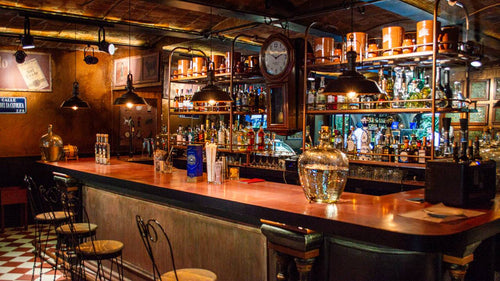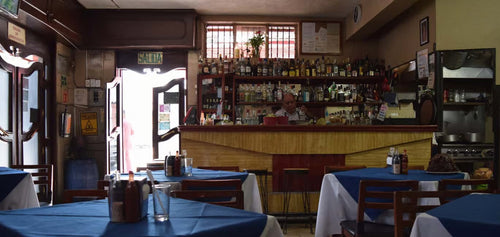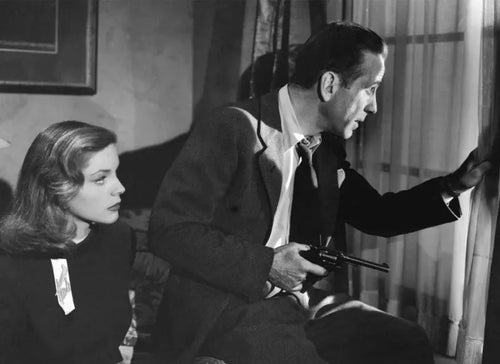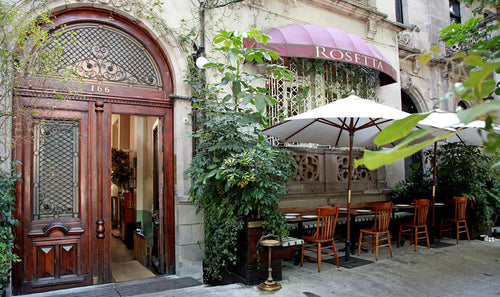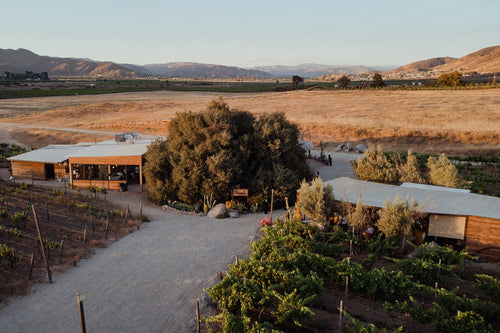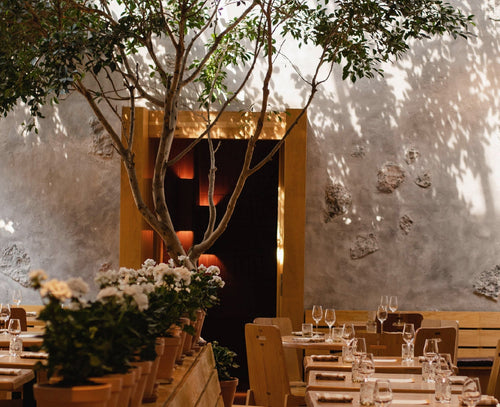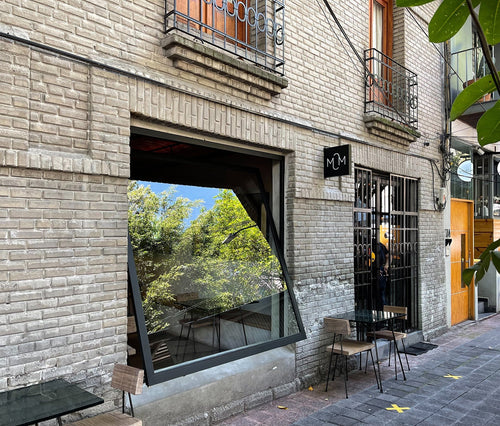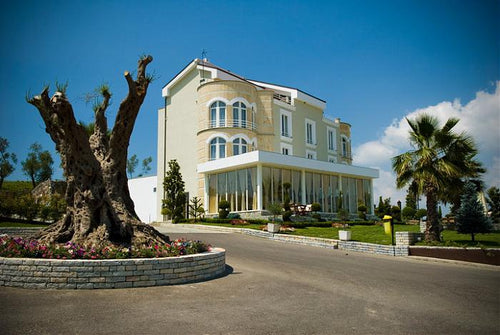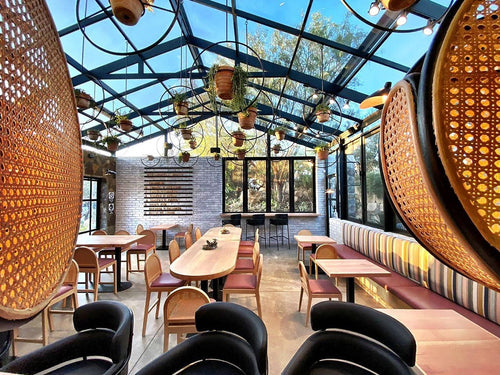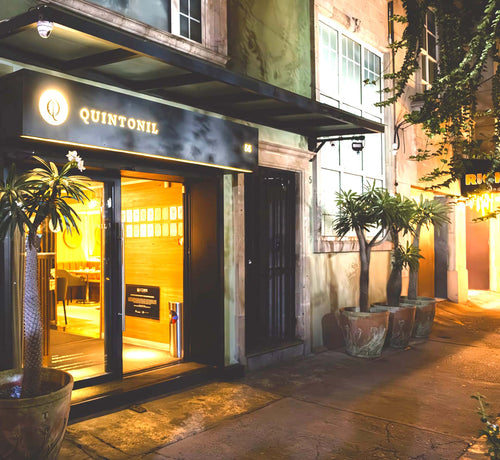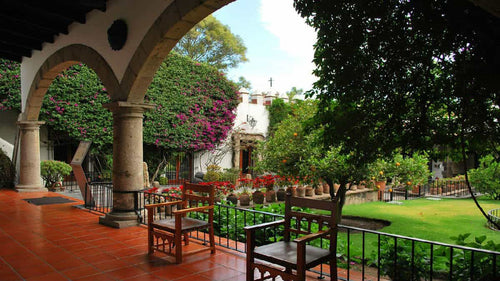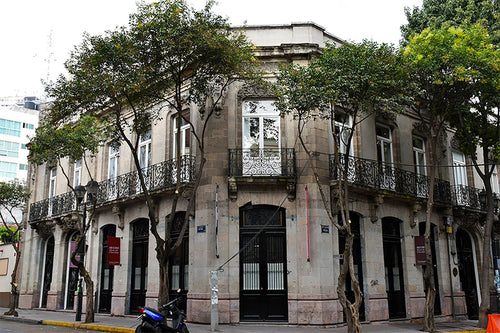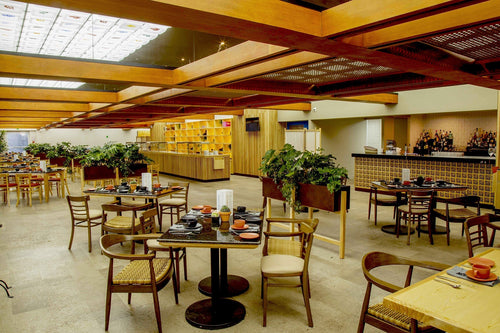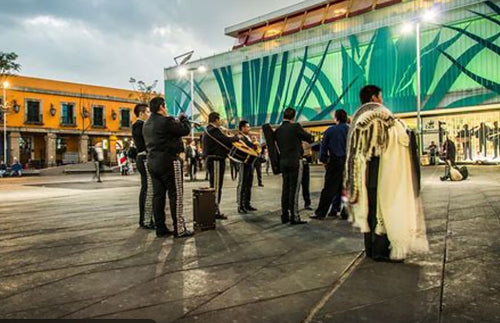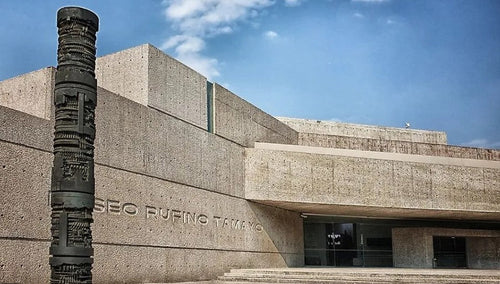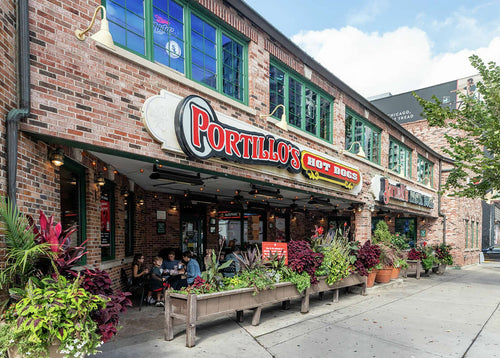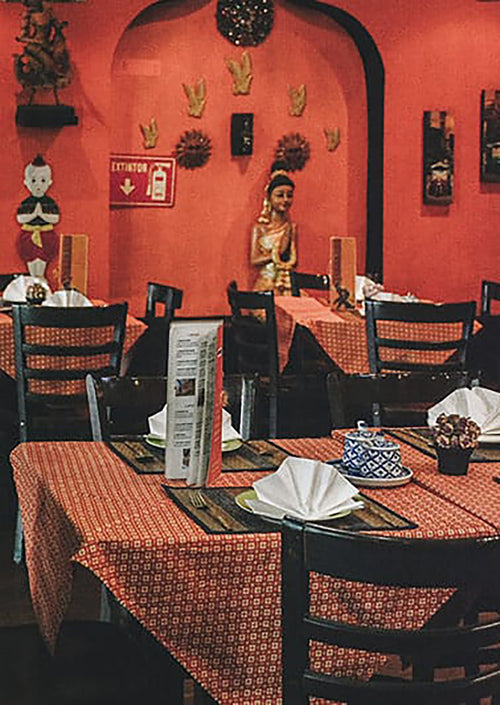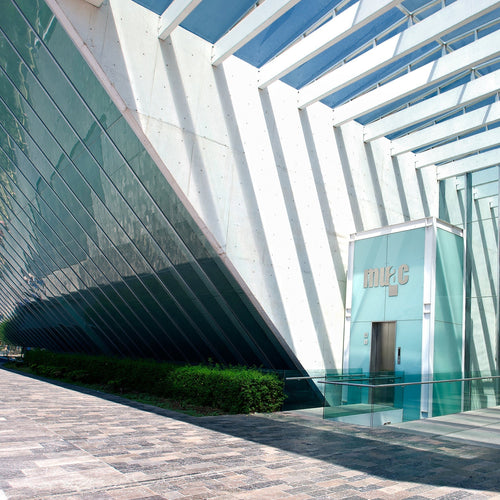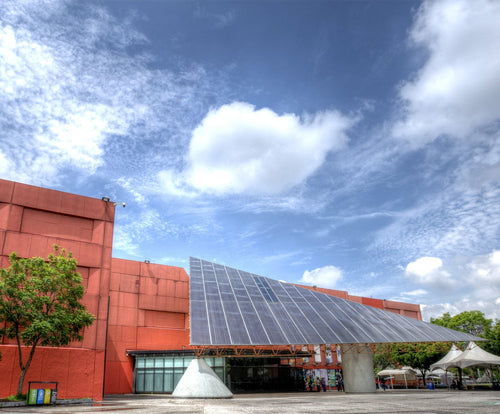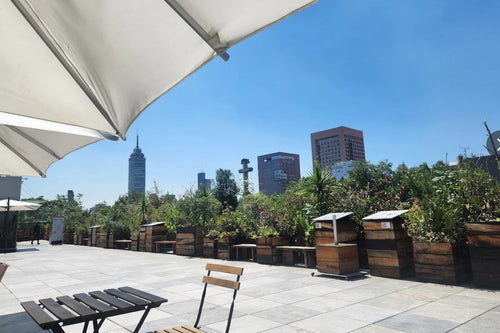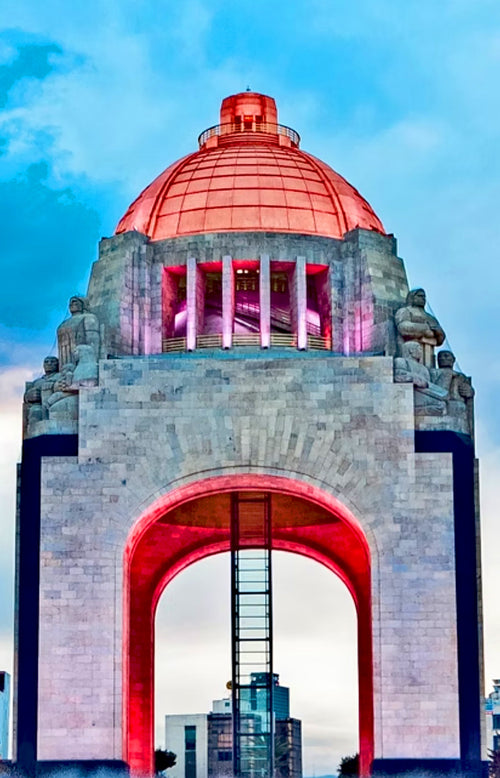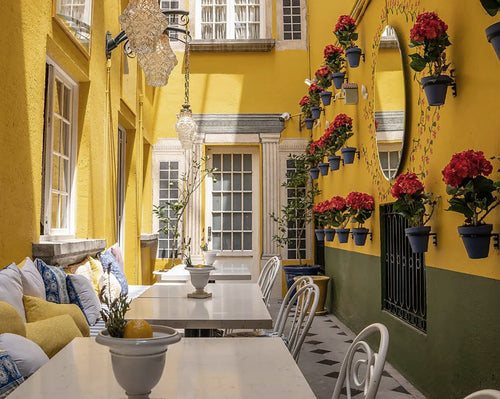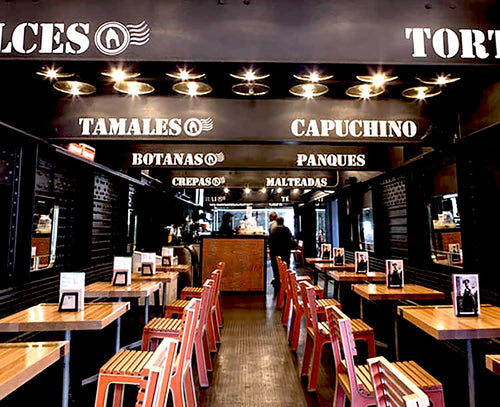Bygone Places / Smyrna Dancing Club: from convent to cabaret to university
A early-20th-century cabaret, labeled “of loose morals,” it was frequented by prominent Mexican intellectuals such as Salvador Novo and Xavier Villaurrutia.
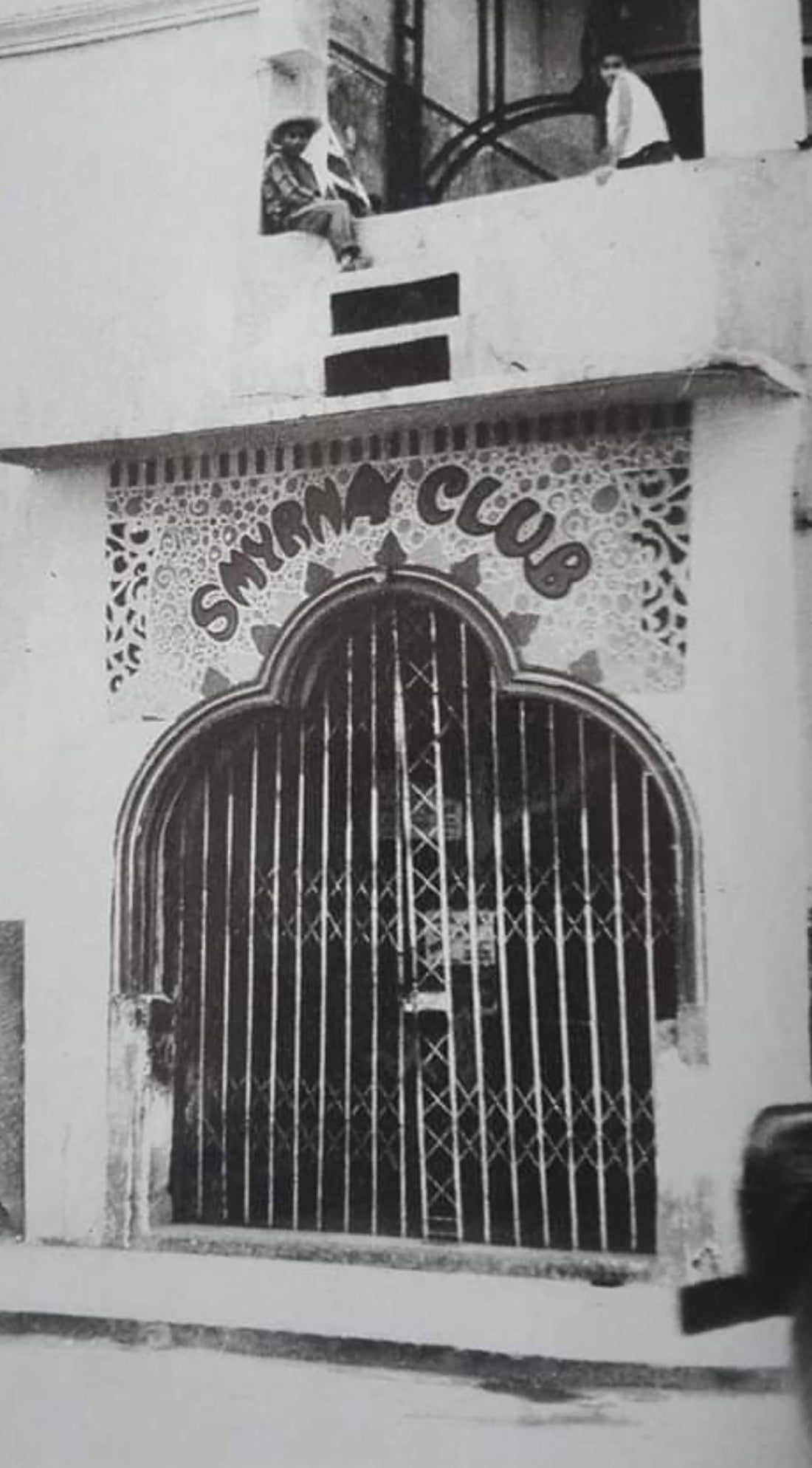
By Alejandro Pohlenz
I would like, if you’ll allow me, to talk about two amazing women: Sor Juana Inés de la Cruz and Antonieta Rivas Mercado. How could a 17th-century nun-poet (born in 1648) be connected to the daughter of the famous architect Antonio Rivas Mercado, who designed the Angel of Independence and the Juárez Theater in Guanajuato? Both were strong-willed women. Sor Juana, even within her cloistered life, wrote Respuesta a Sor Filotea, passionately defending women’s right to education. Antonieta, nearly three centuries later, was one of the first women to dare to divorce her husband and fight for custody of her child. Although often labeled “controversial,” she was, in reality, a liberal and courageous woman (tragically, she committed suicide at Notre Dame in 1931).

Salvador Novo and Xavier Villaurrutia
Antonieta was the owner of the Smyrna Dancing Club, which began its journey in 1928. It was labeled “of loose morals,” but gained prominence not only because it welcomed all kinds of people regardless of socioeconomic status, but also because it was a favorite spot for two major early-20th-century intellectuals: Salvador Novo (1904–1974), poet, playwright, and chronicler of the city, and one of the first people in Mexico to openly identify as homosexual; and Xavier Villaurrutia (1903–1950), poet, playwright, and literary critic. Both belonged to a group called Los Contemporáneos, and it is said that they both enjoyed dancing at the Smyrna.

What Does Smyrna Mean?
I had to look up the meaning of the word Smyrna. It is the name (in English and other languages) of a city in Turkey known as Izmir. Perhaps they named the cabaret this way to give it some “cachet,” even if it was a little tricky to pronounce (too many consonants). Later, the Smyrna became El Esmeril (nothing to do with the original). In 1957, the year it ceased to exist, the property was converted into a parking lot. Later, a group of Sor Juana fans requested that President Luis Echeverría (whose term was 1970–1976) “recover” the space. The cabaret was transformed into the university Claustro de Sor Juana. Very fitting, don’t you think?

Location: San Jerónimo and Isabel la Católica, Historic Center, Mexico City
Status: Permanently closed


